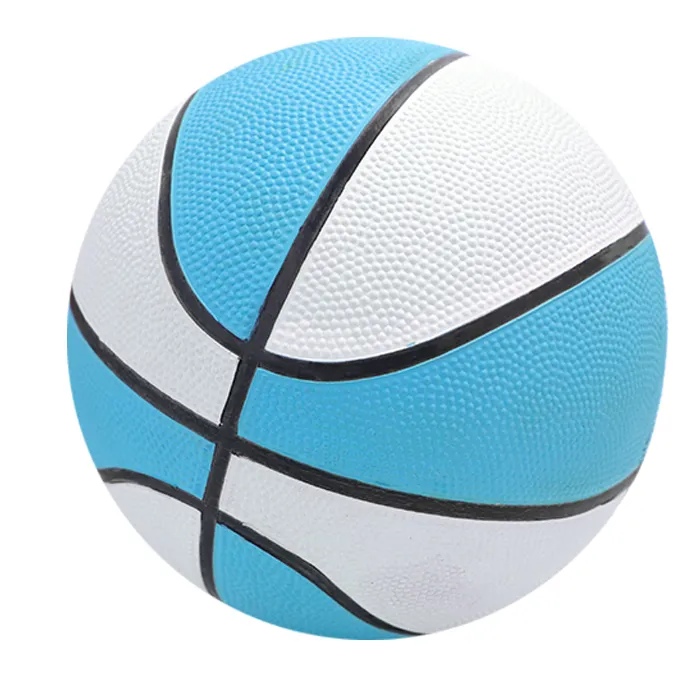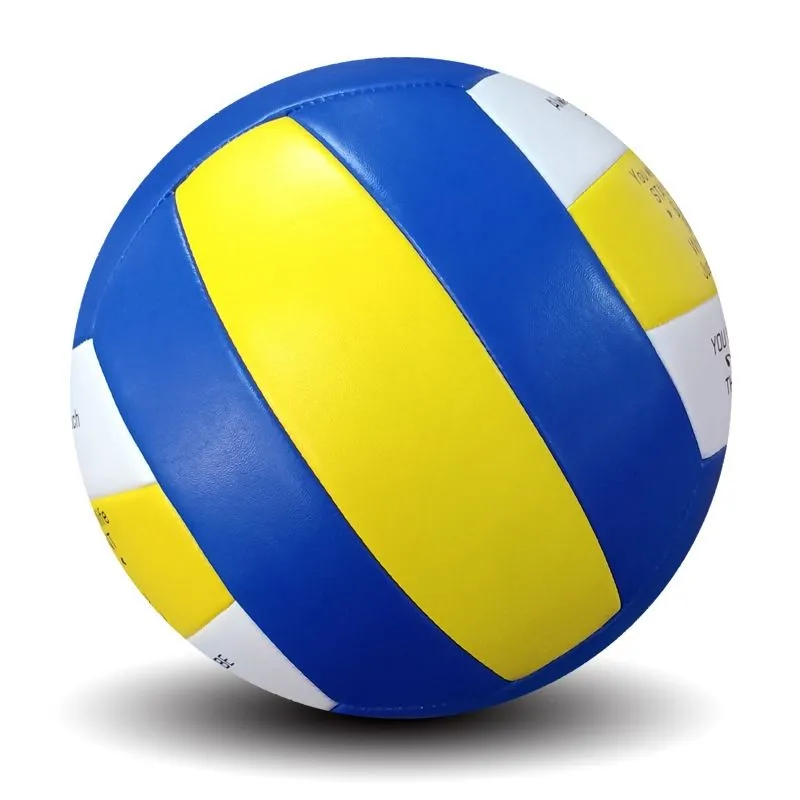Soccer, globally renowned as the beautiful game, embodies passion, skill, and strategy, captivating millions across continents. Central to this dynamic sport is the football, or soccer ball, an item that has undergone significant evolution in its technology and design, enhancing the game profoundly. For enthusiasts, players, or professionals looking to deepen their understanding of soccer balls, it is essential to appreciate these products' engineering intricacies and their impact on gameplay.

Historically, the soccer ball has transformed from rudimentary pig bladders to advanced synthetic wonders. The modern soccer ball is a culmination of rigorous research and development by leading sports companies, aiming to optimize performance under diverse playing conditions. To achieve this, manufacturers employ state-of-the-art materials and craftsmanship, resulting in balls that offer precise aerodynamics, durability, and a superior touch.
When selecting a soccer ball, understanding its construction is pivotal. Most professional soccer balls are made with 32 panels stitched together, although some modern designs feature fewer panels for enhanced stability. These panels are typically made from polyurethane or polyvinyl chloride, with polyurethane offering flexibility and a softer touch, while polyvinyl chloride provides durability. The type of stitching, often hand or machine-stitched, influences the ball's shape retention and longevity, with hand-stitched balls generally offering greater quality.

The ball's bladder is another critical aspect, affecting its air retention and bounce. Butyl bladders provide excellent air retention and are commonly used in high-quality balls, whereas latex bladders offer better touch and responsiveness. For optimal performance, players should select a ball with a bladder that aligns with their play style and performance needs.
To ensure credibility and optimal performance, amateur and professional players alike often rely on FIFA's Quality Programme standards. Balls that pass these stringent tests receive certifications, such as FIFA Quality INSPECTED, FIFA Quality PRO for professional-level balls, or IMS (International Match Standard) certification.
These certifications assure users that the balls meet rigorous quality and performance criteria, enhancing trust.
football ball soccer
Innovation continues to shape the evolution of soccer balls, with smart technology integrating sensors to track data such as speed, trajectory, and spin, providing valuable insights for player development. Such technological advancements speak to the expertise and authoritative knowledge engineers and scientists apply in the sports equipment industry.
Selecting the right soccer ball is not only about technical specifications but also about brand trustworthiness. Leading brands like Adidas, Nike, and Puma invest not only in technology but also in understanding soccer's unique cultural aspects, engaging with professional players, and partnering with leagues worldwide. These brands have cemented their authority through continuous innovation and an unwavering commitment to quality, making them reliable choices for athletes of all levels.
For those participating in soccer recreationally or competitively, experiencing the game with a high-quality soccer ball can significantly enhance the enjoyment and skill level. The tactile feel of a well-balanced ball, coupled with its accurate flight and responsiveness, can improve both passing accuracy and shooting prowess, providing a more authentic connection to the sport.
Investing in a soccer ball is an investment in one's soccer experience, making it crucial to consider a product that delivers on quality, complies with recognized standards, and resonates with personal playing style. As players step onto the pitch, the confidence gained from using such a well-crafted product can be transformative, empowering performances that echo the passion and excellence soccer embodies.













